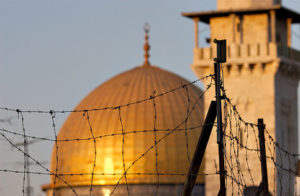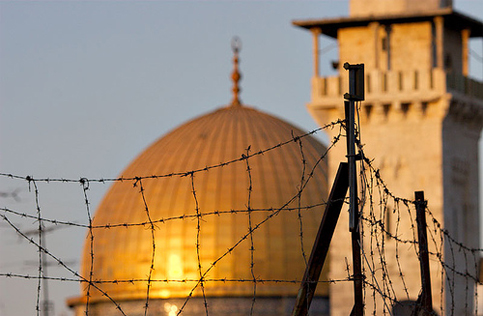 The Israeli occupation of East Jerusalem is driving its Palestinian residents into deeper economic isolation and they face far greater poverty than Jewish neighbors, said a U.N. report on the city at the heart of the Middle East conflict.
The Israeli occupation of East Jerusalem is driving its Palestinian residents into deeper economic isolation and they face far greater poverty than Jewish neighbors, said a U.N. report on the city at the heart of the Middle East conflict.
The U.N. Conference on Trade and Development (UNCTAD) report, published on Thursday, May 9th, is the first comprehensive investigation into the East Jerusalem economy carried out by the United Nations.
UNCTAD said Israeli neglect was hindering development in East Jerusalem, which is isolated from neighboring Palestinian communities and not integrated into the broader Israeli economy.
The report said 77 percent of Jerusalem’s non-Jewish households lived below the poverty line against 25 percent of Jewish families. Moreover, 84 percent of Palestinian children there live in poverty against 45 percent of Jewish children.
“Needless to say, if it were so inclined, the Israeli government could go much further in meeting its obligations as an occupying power by acting with vigor to improve the economic conditions in East Jerusalem and the well-being of its Palestinian residents,” said the report.
The U.N. report said Israeli curbs on the movement of people and goods from the neighboring occupied West Bank had strangled East Jerusalem’s development.
The U.N. report said that the restrictions had caused the East Jerusalem economy to shrink by half in the last two decades relative to that of the West Bank and Gaza Strip.
While the 1993 Oslo Peace accords gave Palestinians limited self-rule in the adjoining West Bank, Palestinians in Jerusalem are considered “permanent residents” of Israel.
But while they make up roughly one third of the city’s total population, just seven percent of municipal spending is reserved for mainly Arab East Jerusalem, the U.N. said.
“It’s clear that 300,000 Palestinians in the city pay taxes but receive different services,” main researcher Raja Khalidi said. “[Jerusalem] is perhaps legally united and politically united, but certainly not socio-economically united.”
The report recommends that while a resolution to the conflict remains elusive, Palestinian investors and business leaders must take the lead in forming a development strategy.
The first section of this report reflects on the historical and political context of East Jerusalem, including the present difficulties faced by Palestinian Jerusalemites, as well as the status of the city under international law.
The second section examines the structure and evolution of the economy of East Jerusalem over time: the main economic sectors and their contribution to output and employment, some of the challenges these sectors face and their relative weight over time. It also highlights obstacles to access to capital and constraints on investment.
The third section looks at the structure and characteristics of East Jerusalem’s labour force as well as the reversal of the city’s role as a magnet for Palestinian job seekers from the rest of the West Bank, to a labour exporter to Palestinian and Israeli job markets. The section also documents the acute problems of poverty and living standards, which are inextricably linked to the difficult labour market conditions facing Palestinian in East Jerusalem. It highlights furthermore the complex state of health and education services for Palestinians in East Jerusalem, and the limited and unequal access to these services. A special focus on the Old City of Jerusalem concludes this review of key social issues.
The concluding section identifies main areas for possible targeted policy interventions to revive East Jerusalem so that it can resume its historical role as the centre of Palestinian economic and cultural life.
You can download the full UN report here
